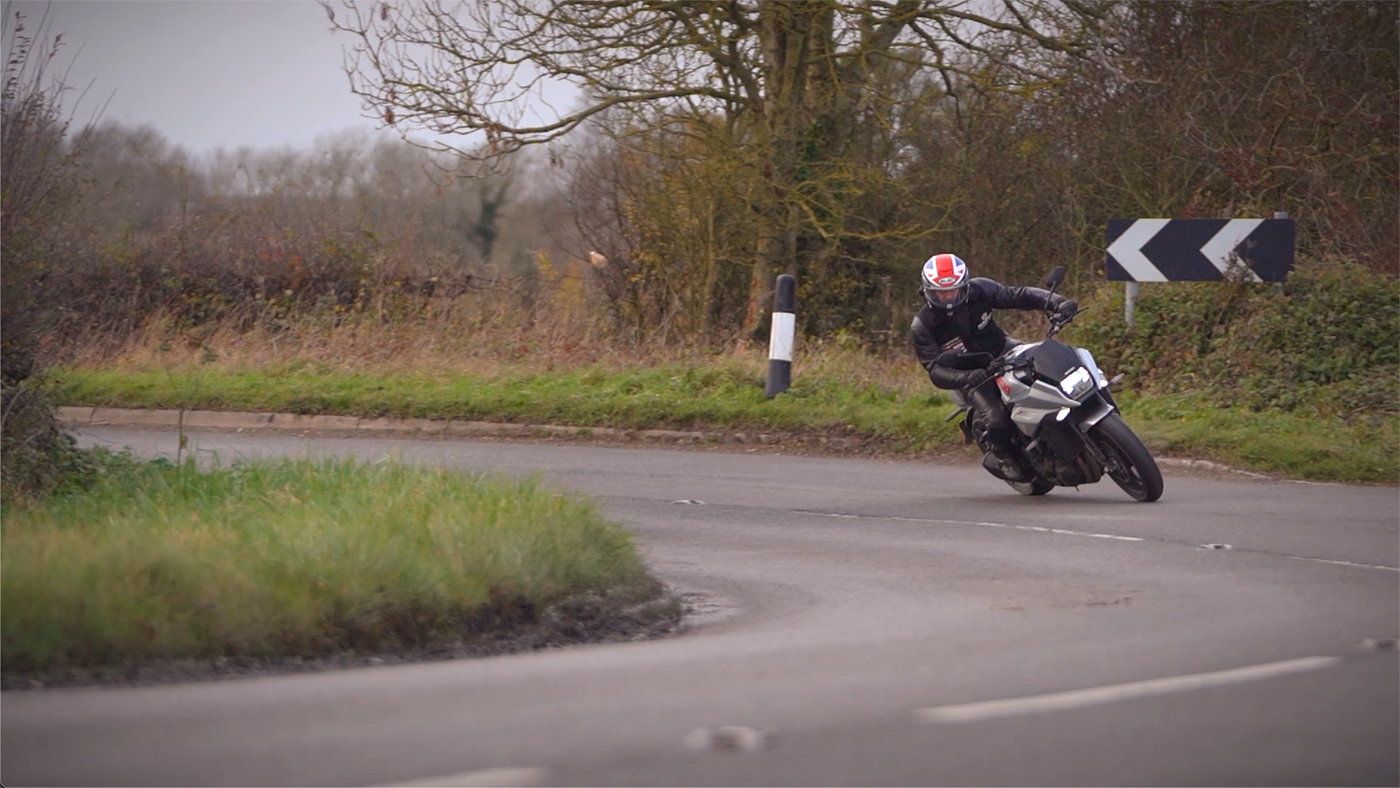HOW TO PLAN
Reading the road is only the beginning. As that endless stream of information is fed into your own personal CPU your next task is to process and plan accordingly. To do that, you need a method.
When it comes to making progress on high performance motorcycles planning is imperative. Although it is intuitive to avoid dangers and hazards, the problem most riders have isn’t actually the planning part, it’s spotting the danger too late or not at all.
To help build a rider’s skill and ability to plan, we work on four key areas:
Position
You should position your bike to optimise:
Safety: create a space between you and any potential danger.
Stability: for example, select a dry area of road or ride where the surface is better.
View: position yourself to give yourself the best view of the bend or the road ahead.
Correct positioning helps you negotiate the bend with ease and confidence.
Reading the road effectively allows you to identify risks early and make simple decisions about where best to position your motorcycle, taking the above into consideration.
Speed
Adjust your speed based on the hazard, ensuring that, when planning for the worst case scenario, you’re able avoid incident by either stopping, changing speed, or altering course.
Gear
No, not clothing. You need to make sure that your motorcycle has the desired level of responsiveness and throttle control to navigate the danger, and to do that you have the right gear selected.
Signal
While fairly self-explanatory, you should consider a signal to warn other road users of your intention to change direction or peed.
However, in the real world, you cannot ride by a simple formula, and everything becomes more complex. You are often juggling all of those elements for multiple or simultaneous hazards, and that’s why there is not a simple one-size-fits-all approach that works. We’ll give you an example.
You’re approaching a right hand bend, and so, to follow advanced riding theory, you move to the left to extend your view. However, on the approach there’s a junction on the left. Now you have a decision to make: stay left to extend the view of the bend but reduce speed, or move further towards the middle of the road.
Let’s complicate it further, and say it’s been raining but there is a strip of dry asphalt towards the offside. Do you move over further, reducing your view of the bend but maximising traction and stability, moving you further away from the junction but closer to oncoming traffic?
No two bends or situations are the same, and so planning decisions are dynamic and complex, involving compromises and trade-offs. And the faster you ride, the faster those decisions have to be made, and the more important they become.
To find out more about planning subscribe to our community and access lots of free resources to help improve your riding. Click through link here.
If you really want to fast track your skills check out our industry leading courses here.

